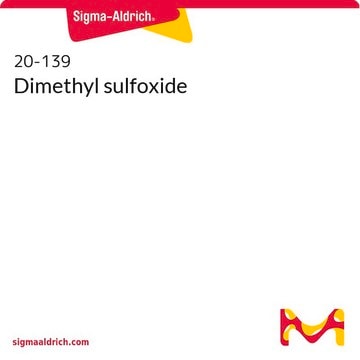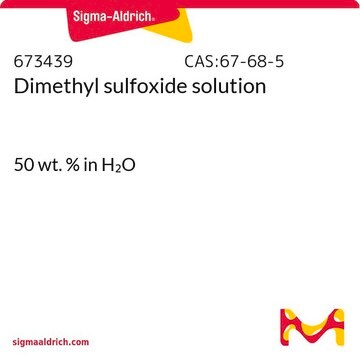DMSO is hygroscopic and light-sensitive. The storage container must protect from light and moisture uptake. Since this DMSO is sterile-filtered and intended for cell culture applications, the storage containers must also be sterile and endotoxin-free. It is recommended to purge aliquots and store them under inert gas, in a compatible, tightly sealed container, at a cool storage area, such as 4°C.
DMSO is not compatible with many types of plastics, so it is advisable to store it in appropriate amber glass vials for long-term storage. Please refer to the Product Information Sheet and the Safety Data Sheet at the link below for compatibility of DMSO with various materials and for further details:
https://www.sigmaaldrich.com/deepweb/assets/sigmaaldrich/product/documents/944/265





